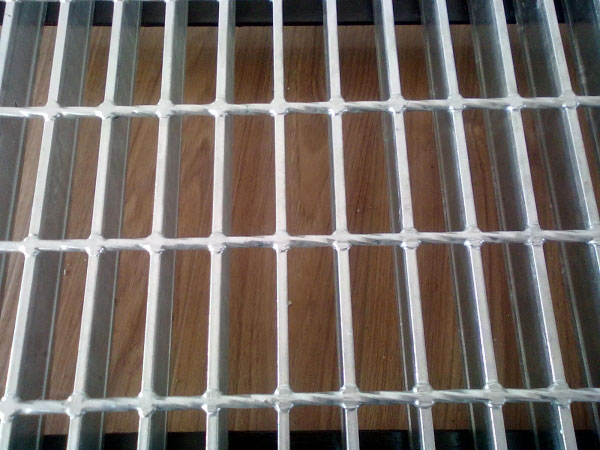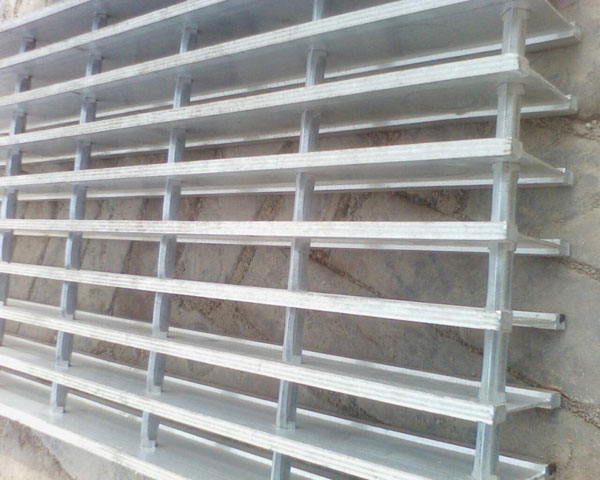(1) Identification basis of polyethylene and polypropylene plastics
Polyethylene and polypropylene plastics are milky white translucent bodies, which are light in weight and float on the surface. The burning phenomenon is basically the same. However, there are also obvious differences between the two: polyethylene hand touch has a slippery feel of paraffin, soft texture can bend, and polypropylene hand touch smooth and delicate, but no waxy smooth feeling, texture is very hard and tough; polyethylene plastic in The boiling water is significantly softer, and the polypropylene plastic is not softened in boiling water; the polyethylene plastic strips have a "neck" when stretched, while polypropylene does not.
(2) Identification basis of polyvinyl chloride and polyethylene plastic film
Polyvinyl chloride and polyethylene are processed differently: polyvinyl chloride is pressed into a single film by calendering, and polyethylene is formed into a cylindrical double-layer bag by blow molding; from the color and transparency: polyethylene is milky white translucent, The surface is brighter, the hand feels waxy and smooth, the layers are still milky white translucent, and the transparency of polyvinyl chloride is higher than that of polyethylene, the color is yellowish, the layers are yellow and the hand is smooth. But there is a sticky feeling, carefully observe the fine lines of the mold; the burning phenomenon is different: polyethylene is flammable, melted and dripped, has a paraffin smell, while PVC is difficult to burn, the root of the flame is green, and there is a pungent smell of hydrochloric acid. Release; polyethylene has a small specific gravity that floats on the surface while polyvinyl chloride sinks in the water.
(3) Identification basis of phenolic and urea-formaldehyde plastics
Both of them are thermosetting plastics, which have the characteristics of hard and opaque. The main differences are as follows: phenolic plastics are generally black and brown, urea-formaldehyde plastics are mostly light-colored, and the color is bright; the phenolic plastic cross-section structure is loose, while the urea-formaldehyde plastic section The structure is tight; when burning, the phenolic phenolic odor is released, and the carbonized cracking occurs in the contact with the flame, the urea aldehyde has the urea odor, and the white crack occurs at the contact with the flame.
(4) Identification basis of polystyrene, polyvinyl chloride and polyethylene plastics
The identification of these three plastics has the following five aspects:
1. Color and transparency
Polystyrene plastics are brightly colored and transparent like glass; polyvinyl chloride plastics are less colored and transparent than polystyrene; polyethylene plastic translucent bodies have a waxy appearance and are easy to bleed out.
2. Feel
Polystyrene has a smooth hand and a hard surface, which is afraid of bumping and squeezing; PVC has a smoother feel, and the film has a sticky feeling; it has soft and hard products; the polyethylene has a waxy and smooth feel. The product is soft and resistant to breakage.
3. Relative density
The relative density of polystyrene is from 1.05 to 0.06, and it sinks slowly in water. The relative density of PVC soft plastic is 1.24~1.45, and the relative density of hard plastic is 1.35~1.45, so it is rapidly under water. The high density polyethylene has a relative density of 0.94 to 0.97, and the low density has a relative density of 0.91 to 0.93, so it floats in the water.
4. Sound
When the hard object is struck, the polystyrene has a crisp metallic sound, the polyvinyl chloride is ringing and not brittle, and the polyethylene is stuffy and not brittle.
5. Flammability
Polystyrene is flammable, flame is orange, fluffy black smoke, pungent smell of styrene monomer; PVC can not spontaneously ignite, extinguished from fire, yellow flame, green at the root, with hydrochloric acid odor Polyethylene is flammable, its flame is yellow, its roots are blue, it emits a small amount of black smoke, it softens when burned, it drops like a candle, and there is a paraffin smell.
I-Shape Steel Grating is used where high strength is required and light weight is critical with saving materials and more economical, perfect appearance.

I-Shape Steel Grating Features:
- Type of bearing bar: 25x25x3, 32x5x3, 35x5x3, 50x7x4, 60x7x4,...75x7x4mm
- Pitch of bearing bar: 12.5, 15, 20, 23.85, 25, 30, 30.16, 30.3, 34.3, 35, 40, 41, 60mm.
- Pitch of cross bar: 35, 50, 76, 100, 101.6mm
- Material: mild steel or stainless steel
- Finish: hot dip galvanizing, painted, untreated, mill
- Steel grating standards:
2) USA: ANSI / NAAMM (MBG531 - 88 )
3) UK: BS4592 - 1987
4) Australia: AS1657 - 1985


I Type Steel Grating,Compound Plain I Type Steel Grating,I Type Steel Bar Grating,Plain Type Steel Grating
Hebei Zhenxing Jinyuan Wire Mesh Group Co.,Ltd , http://www.zxsteelgrating.com
